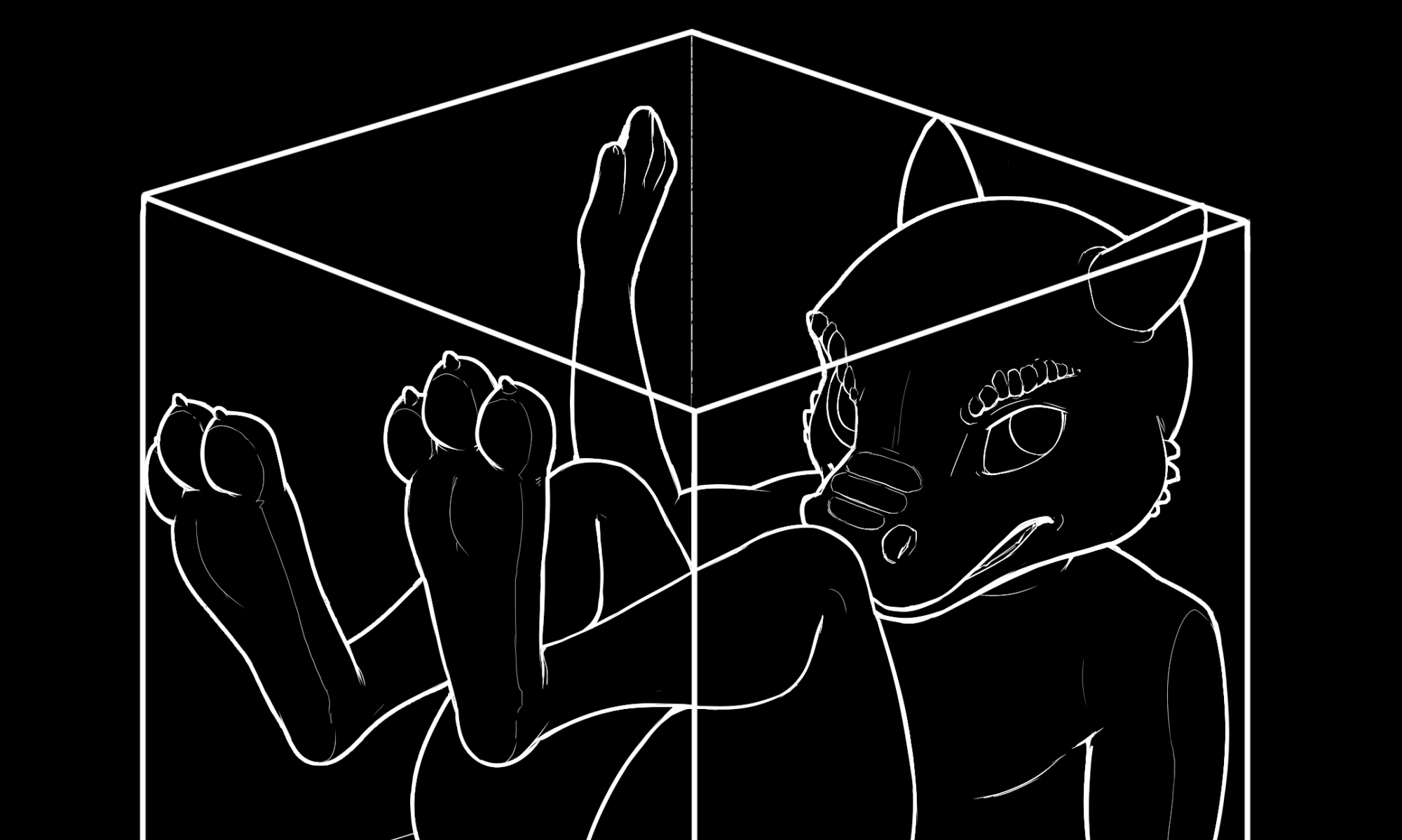by Jack
Today I want to talk about body language in table-top RPG. What’s body language? What’s mimic? It’s expressing concepts, things, or emotions without using speech or any verbal medium. Moving, acting, interacting, mimicking, keeping in contact: these are all body languages.
Body language is (in my opinion) mostly worth to be put in game rules because of straightforwardness and expressiveness.
- straightforwardness: it’s what happens when you avoid a lot of useless informations, going straight to the point. When we [humans] have to set up a situation during a game session, we tend to start describing the environment, the PC and NPCs status and spatial positioning and so on. Still, if we avoid all this chatting by using different languages we could be able to stick the players right in their common imaginary space. How does it work? By telegraphing your informations.
“Telegraphing is the name for all techniques for distributing and coordinating information between participants in a role-playing game in order to keep the interpretations of the shared fiction consistent. Needless to say, there are many, many different ways of doing this, but as we dabble in Jeepform, we focus on techniques that preserve the flow, and tries to involve meta information or meta discussions as little as possible.”
– by the Dictionary of Jeepform
There’s a good example of this in the Jeepform’s Dictionary itself, which tell exactly this:
A situation where avoiding the second of meta information is better is when you want to give flowers to your date, and the only available physical prop is a pen; hand the pen over while saying “I wanted to give you red roses, but they only had white”. Interestingly, the pen can be handed over, smelled, be put in a cup and broken, just like a real rose.
– by the Dictionary of Jeepform
This simple yet amazing way of interacting leads players right in the situation. Many Jeep-forged games use this kind of tools, starting from the Upgrade! with great success.
- expressiveness: when you convey emotions from one player to another, from character to player and vice versa.
“Bleed is experienced by a player when her thoughts and feelings are influenced by those of her character, or vice versa. With increasing bleed, the border between player and character becomes more and more transparent. It makes sense to think of the degree of bleed as a measure of how separated different levels of play (actual/inner/meta) are.”
– by the Dictionary of Jeepform
“You can’t escape empathy!”
– by Jason Morningstar’s “Tabletop Design Principles”
It’s easy when you keep in eye and physical contact to convey emotion with other people: there’s something magical going on when we sit around a table together or we stand in the same place, a chemistry.
Why don’t we use it, then? Because sometimes this is violanting other’s privacy, keeping us closed in ourselves, interacting passively through the “description->action” flow of events. Breaking up these implicit rules, especially in games which are not so crunchy or table-dependant would really give a new taste to the game itself.
In Burning Opera for example, the presence of the players in the same physical space is essential: I experienced it over webcam, but there was no magic in it. We didn’t felt each other close enough to get in each other shoes.
Conclusion
If I could I’d include body language and mimic in all of my games: what about you?
